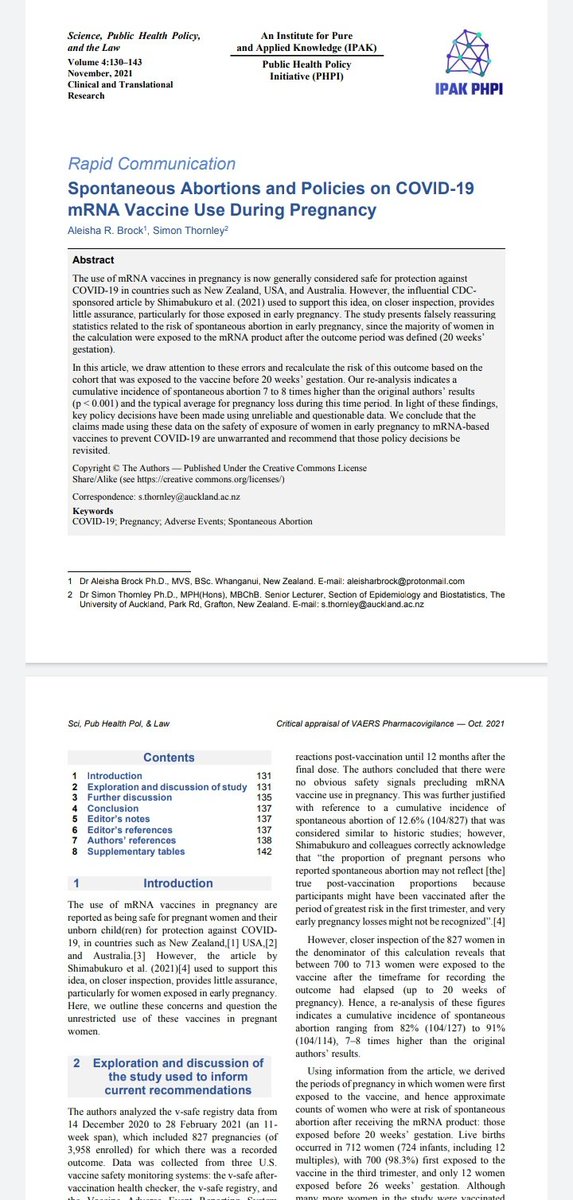
SARS-CoV-2 PL-Pro (Nsp3) Inhibitors.
#nature #plantbased
Salvia miltiorrhiza.
PLpro has an implication in viral invasion by shutting down the viral-induced host innate immune response. Dihydrotanshinone I appears to be the strongest inhibitor amongst the tanshinone ..1/n
#nature #plantbased
Salvia miltiorrhiza.
PLpro has an implication in viral invasion by shutting down the viral-induced host innate immune response. Dihydrotanshinone I appears to be the strongest inhibitor amongst the tanshinone ..1/n
derivatives. It is a natural compound isolated from lipophilic fraction of Salvia miltiorrhiza, which has a long history in traditional Chinese medicine. Several derivatives of tanshinones were previously reported to be inhibitors for SARS-CoV-1 PLpro and to a lesser extent ..2/n
in 3CLpro. Dihydrotanshinone I is the best inhibitor of SARS-CoV-2 PLpro and did not inhibit 3CLpro. 3/n
portlandpress.com/biochemj/artic…
portlandpress.com/biochemj/artic…
Overview of Salvia miltiorrhiza as a Potential Therapeutic Agent for Various Diseases: An Update on Efficacy and Mechanisms of Action
4/n
mdpi.com/2076-3921/9/9/…
4/n
mdpi.com/2076-3921/9/9/…
• • •
Missing some Tweet in this thread? You can try to
force a refresh












